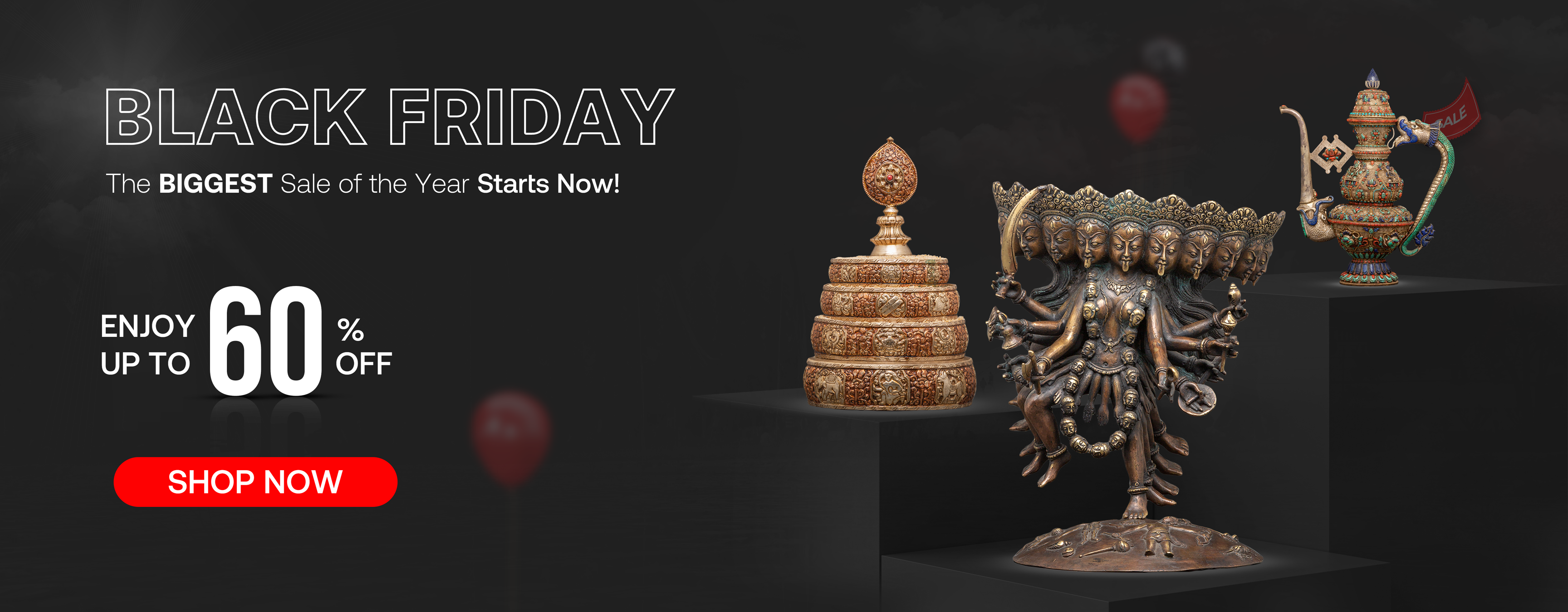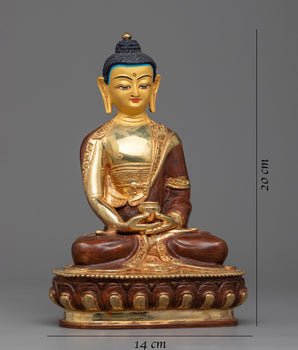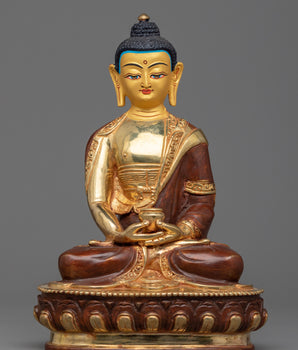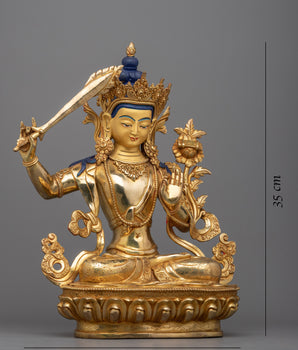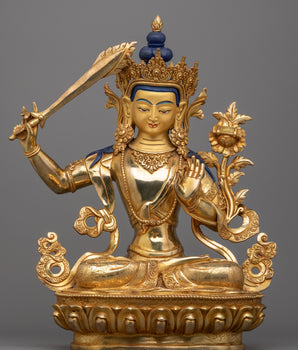Introduction: The Enigma of White Dzambala
In Tibetan Buddhism, the Wealth Deity Dzambala is venerated as the divine guardian of prosperity — the embodiment of generosity, abundance, and the removal of poverty. Yet, among the five great forms of Dzambala — Yellow, Black, Green, Red, and White — one stands apart for its mystery and rarity: the White Dzambala.
Unlike his more widely known counterparts, White Dzambala is rarely depicted in temples, thangkas, or rituals. His form embodies not material wealth, but the compassionate purification of poverty itself — both external and internal. To understand why this form is so rare is to glimpse the most refined and spiritual dimension of prosperity in the Buddhist path. White Dzambala in Thangka
White Dzambala in Thangka
The Origin: Born from Compassion
According to ancient Himalayan texts, White Dzambala (Tibetan: Dzambhala Karpo) is an emanation of Avalokiteshvara (Chenrezig), the Bodhisattva of Compassion.
The story tells that when Avalokiteshvara wept upon seeing the suffering of beings trapped in poverty, a tear from his left eye fell to the earth, and from that tear emerged White Dzambala. His creation was not born from desire or wrath, but from compassion and empathy. Thus, White Dzambala is not a god of gold — he is a protector of the heart, guiding beings toward inner wealth: kindness, wisdom, and the ability to give selflessly.
Why White Dzambala Is the Rarest Form?
1. A Deity of Higher Intention
While Yellow Dzambala blesses material abundance and is invoked by merchants and householders, White Dzambala responds only to those who seek prosperity for virtuous reasons — to help others, to fund good deeds, or to overcome spiritual scarcity.
This requirement for pure motivation makes his practice rare and sacred. His blessings are said to come only to those whose hearts reflect compassion, not greed. In Vajrayana teachings, such energy is refined — accessible only to those prepared to understand wealth as a form of wisdom.
2. Esoteric Practice and Restricted Rituals
The ritual practice of White Dzambala is considered semi-esoteric within Vajrayana Buddhism. Unlike the openly practiced Yellow Dzambala puja, White Dzambala ceremonies often require initiation (wang) and guidance from a qualified master.
His mantra is chanted to connect with Avalokiteshvara’s heart, invoking compassion before abundance.
This esoteric nature limits public worship and imagery, making authentic White Dzambala thangkas and statues rare even in Nepal and Tibet. They are typically commissioned for private practice or high-level initiations, not mass devotion. 
Depiction of Five Jambala in thangka painting
3. Rarely Depicted in Art and Thangka
In Himalayan art, White Dzambala is depicted sitting gracefully on a white lotus or moon disc, symbolizing purity of intention. His peaceful face radiates calm energy; in his left hand, he holds a mongoose spitting jewels, representing the boundless wealth born from generosity, not greed.
His crown bears the image of Amitabha Buddha, linking him directly to the lineage of compassion.
However, unlike the hundreds of Yellow Dzambala thangkas produced for temples and shops, White Dzambala’s image is painted rarely — and only by artists familiar with tantric iconography. These paintings must be consecrated with mantras and specific rituals, ensuring they carry spiritual potency.
Authentic depictions are often found only in monastic collections, private altars, or antique thangka archives, adding to his mystique.
4. A Different Kind of Wealth
White Dzambala represents a higher vibration of abundance — one that transcends the material. His blessings purify the inner obstacles that block prosperity: fear, jealousy, doubt, and self-limitation.
He grants the wealth of:
-
Peace of mind over possessions.
-
Compassion over competition.
-
Generosity over greed.
In essence, he transforms the energy of desire into the energy of giving. For this reason, his presence is invoked not by those chasing wealth, but by those seeking to balance karma and use wealth as service. This subtle and transformative approach to prosperity explains why his worship remains a spiritual path for the few, rather than a ritual for the many.
Depiction of White Jambala in Statue
5. The Gentle Power of the Hidden Deity
White Dzambala’s energy is peaceful yet deeply transformative. Practitioners describe his blessings as soft but steady — an inner shift that gradually dissolves scarcity consciousness.
His influence often manifests not as sudden riches, but as serendipitous opportunities, emotional healing, and newfound stability. In Buddhist teachings, this is called karma cleansing wealth — prosperity that arises naturally when the heart is pure.
Because this path requires patience and sincerity, few pursue it, and even fewer understand it. That rarity adds to his sacred allure — making White Dzambala one of the most quietly powerful deities in the Buddhist pantheon.
Hence, White Dzambala’s rarity is not due to absence — it is due to depth. He exists in a spiritual frequency that cannot be reached by mere desire for fortune. He is the manifestation of wealth purified by compassion, reminding us that the greatest riches are born from generosity and wisdom.
To encounter White Dzambala — in art, ritual, or meditation — is to meet the essence of enlightened abundance. His serene smile whispers an eternal truth:
“The more you give, the richer your heart becomes.”
In a world chasing material gain, White Dzambala remains a quiet guardian of balance — the rarest wealth of all.






